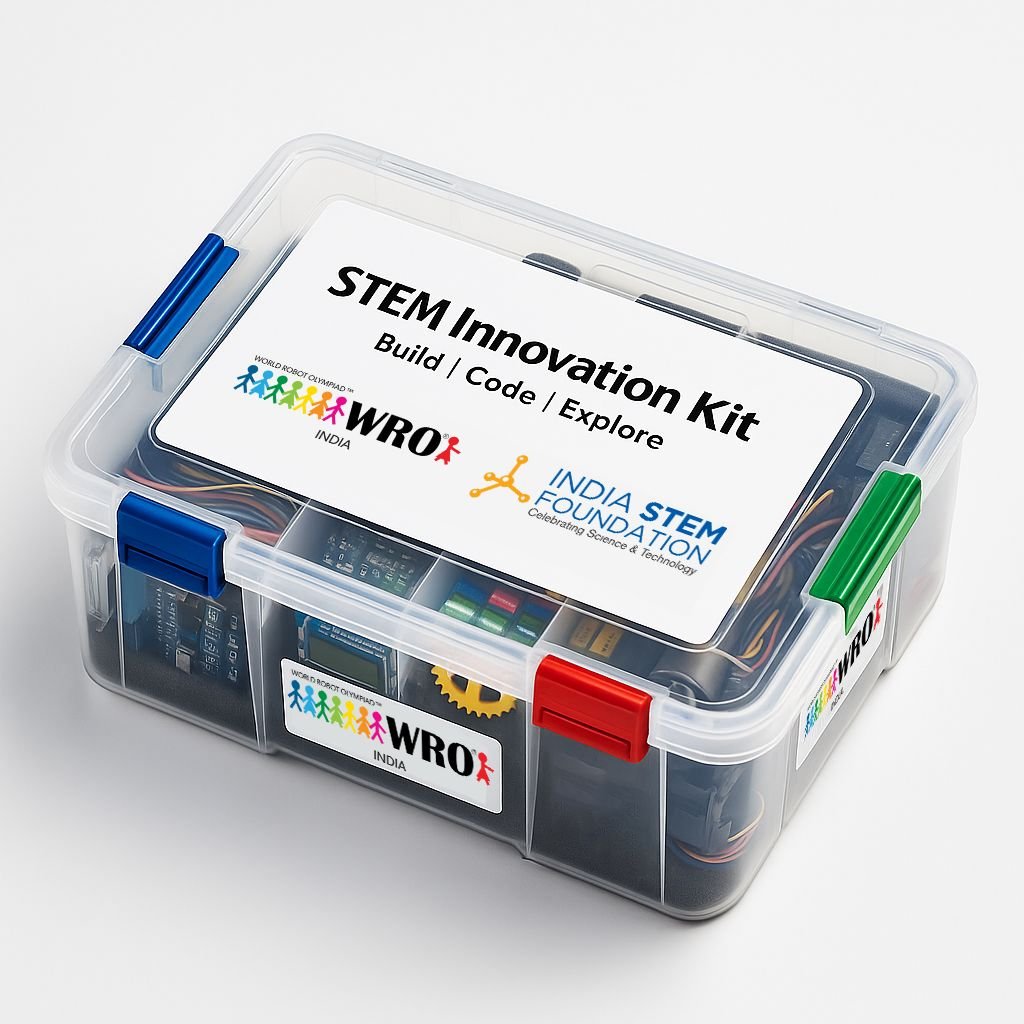Today’s education is built around STEM education, which gives students the tools they need to address pressing global issues. It is critical to incorporate sustainability ideas into STEM courses in light of the world’s growing environmental issues, such as pollution, resource depletion, and climate change. Students may get a greater awareness of ecological concerns and acquire the critical thinking and problem-solving skills required to build sustainable solutions by including environmental sustainability in the STEM curriculum. This strategy not only improves academic learning but also sets up the next generation to take the lead in creating a society that is more ecologically sensitive and sustainable.
The Intersection of STEM and Environmental Sustainability
The term “environmental sustainability” describes the prudent management of natural resources to guarantee their availability for next generations while reducing adverse effects on the ecosystem. It entails actions that uphold the wellbeing of ecosystems, lessen pollution, protect biodiversity, and encourage the economical use of resources like raw materials, energy, and water.
Environmental sustainability is vitally needed in today’s globe because of growing issues, including resource depletion, pollution, deforestation, and climate change. The ability of the earth to maintain life is in jeopardy due to the substantial ecological harm caused by unsustainable activities. It is imperative that these problems are resolved in order to save ecosystems, guarantee food and water supplies, and make the earth habitable for coming generations.
STEM fields (science, technology, engineering, and maths) offer the skills and information required to solve environmental problems, which is strongly aligned with sustainability concepts.
- Natural processes and the effects of human activity on the environment are better understood thanks to science. It provides insights on how to alleviate these issues and is essential to the study of pollution, biodiversity loss, and climate change.
- Cutting environmental impact may be accomplished with the use of technology. Advances in resource-efficient methods like recycling and trash management, as well as smart cities and renewable energy are made possible by it.
- Sustainable transportation, green buildings, renewable energy sources, and eco-friendly technology are among the systems that engineering focuses on developing and building.
- By facilitating data analysis, modelling, and simulations of environmental processes, mathematics aids in sustainability by assisting scientists and engineers in forecasting results and optimizing strategies for resource conservation.
When combined, STEM fields offer a solid basis for environmentally responsible innovations and practical applications.
Examples of STEM impacting sustainability
STEM has proven essential in tackling a range of sustainability issues across many industries:
Renewable Energy: Clean energy sources like solar, wind, and hydropower have been developed as a result of STEM advances. These sources considerably lessen greenhouse gas emissions and dependency on fossil fuels. The efficiency and accessibility of renewable energy are increasing globally due to advancements in solar technology and battery storage technologies.
Conservation of Water: Water-efficient solutions like drip irrigation systems, intelligent water management sensors, and wastewater recycling technologies are made possible by engineering and technology. By minimising waste and protecting freshwater resources, these inventions aid in the optimisation of water usage in families, businesses, and agriculture.
Management of Wastes: Scientific and technological developments have made trash sorting, recycling, and the production of biodegradable products better. The design of waste-to-energy facilities, which turn garbage into power and minimise the need for landfills while encouraging sustainable waste disposal, is the result of engineering innovations.
Benefits of Including Sustainability in STEM Education
Including sustainability in STEM education has a number of important advantages.
Developing Your Ability to Think Critically and Solve Problems
Examining contemporary sustainability concerns like resource depletion and climate change fosters critical thinking and creativity in pupils. They acquire the critical thinking, problem-solving, and innovative abilities necessary to tackle difficult environmental issues.
Promoting Creativity and Innovation
Because students are required to build eco-friendly technology, systems, or products, integrating sustainability fosters creativity. Their emphasis on innovation motivates them to create sustainable solutions, including waste minimization techniques or technology for renewable energy.
Encouraging Awareness and Social Responsibility
Students that are taught sustainability in STEM subjects develop a feeling of global responsibility. It increases understanding of the relationship between human activity and environmental health, encouraging the next generation to make morally sound decisions that are good for the environment and society.
Getting Students Ready for Green Jobs
STEM students who are knowledgeable about sustainability will be well-positioned for new sectors like green engineering, environmental technology, and sustainable agriculture, where there is an increasing need for qualified people as companies move towards more sustainable methods.
Through integrating sustainability and STEM education, students acquire the critical competencies necessary to build a more sustainable and resilient future.
Practical Approaches to Integrating Sustainability in STEM Curriculum
Project-Based Learning (PBL)
Involves students in practical, real-world initiatives that tackle issues related to sustainability. For instance, students may devise trash management strategies, water-saving gadgets, or renewable energy systems. PBL promotes cooperation, analytical thinking, and environmental-themed problem-solving.
Interdisciplinarity in Cooperation
Make connections between STEM and other disciplines, such as economics, geography, and social studies, to incorporate sustainability. For example, students might investigate how urban planning affects the environment or learn about the financial advantages of sustainable agriculture. Their comprehension of the connection between sustainability and STEM fields is enhanced by this all-encompassing approach.
Including Innovation and Technology
Use coding, data analysis, and computer simulations as methods to model and resolve sustainability issues. By using these tools, STEM education may become more dynamic and sustainable by allowing students to investigate climatic trends, compute carbon footprints, or create effective resource systems.
Fieldwork and Case Studies from the Real World
Provide case studies of sustainable technologies in the fields of agriculture, water management, and energy. By examining actual instances of sustainability projects and going on field trips to see environmental problems firsthand, students may make the connection between what they learn in the classroom and real-world applications.
Competitions and Challenges in Sustainability
Encourage kids to enter STEM contests with a sustainability focus so they may create and showcase original ideas. Environmental problem-solving competitions encourage creativity and the practical application of STEM concepts.
In summary, To provide students with the abilities and information necessary to address the current environmental issues facing the world, environmental sustainability must be incorporated into STEM education. The integration of sustainability concepts with STEM subjects—science, technology, engineering, and math—allows students to enhance their critical thinking, problem-solving, and inventive skills while gaining a greater awareness of ecological challenges. This method not only improves academic performance but also equips students to take on leadership roles in building a more environmentally conscious and sustainable future. Integrating sustainability into STEM education is essential to developing the next generation of responsible global citizens, as issues like pollution, climate change, and resource depletion become more pressing worldwide.



